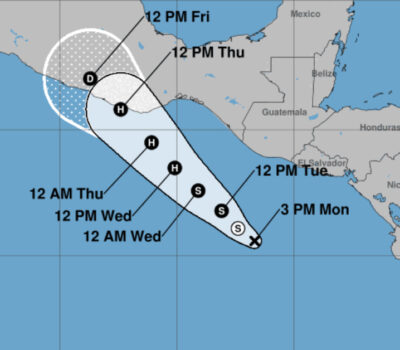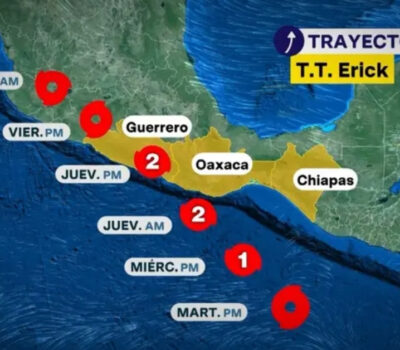Puerto Vallarta, Mexico – Geopolitical tensions between the United States and Canada have sparked unexpected shifts in travel patterns, with Mexican destinations now emerging as a key beneficiary. Following a series of confrontations instigated by U.S. President Donald Trump’s aggressive stance toward the Canadian government, Canadian tourists are increasingly opting for flights to Mexico over traditional U.S. hotspots.
The shift is particularly notable as the peak season for Canadians traveling to Mexico—historically spanning from October to March during the winter months—now appears to be expanding into the summer. “They’re going to increase frequencies, they’re going to redirect flights to Mexico that were operating from Canada to Los Angeles, Las Vegas, Miami. It’s going to be an opportunity for Mexico, for Puerto Vallarta, because it’s the destination with the best connections to Canada,” said Luis Villaseñor, director of the Puerto Vallarta Tourism Promotion Trust, during the Gala Vallarta event.
In response to the declining demand for travel to U.S. cities, at least two Canadian airlines have already notified Mexican destinations that they will be increasing seat availability from Canadian airports. This strategic redirection comes as official figures indicate that 20.4 million Canadian tourists visited the United States in 2024—a figure now projected to decline by approximately 10 percent amid the strained political relations.
The evolving scenario is part of a broader economic and political reconfiguration. Since the resurgence of President Trump, tensions have escalated within the trilateral Free Trade Agreement, prompting both retaliatory tariffs and adjusted trade policies. While the Mexican government has shown a willingness to cooperate with Trump’s policies, Canadian politicians have responded with reciprocal tariffs and campaigns aimed at reducing U.S. product consumption—a move that has had ripple effects on travel decisions.
Airline strategies are quickly adapting to these changes. Puerto Vallarta and Cancún, boasting 16 and 15 air connections to Canadian cities respectively, are set to become the primary gateways for the increased demand. Notably, Puerto Vallarta is not only emerging as a major tourist destination but also hosts the largest community of Canadian expatriates—a trend that has contributed to a robust real estate boom in the area.
Canada remains the second-largest source market for international tourists to Mexico. Recent data from the Migration Policy Unit reveals that 2.6 million Canadians arrived by air in 2024, with the Federal Civil Aviation Agency (AFAC) reporting 33,000 trips made between the two nations last year. In the competitive Mexico-Canada air market, WestJet led with a 33 percent share of passengers in January, followed by Air Canada with 23.2 percent, while Aeroméxico’s share lagged at just 3 percent.
The early impact of these travel adjustments is already evident. In January alone, more than 851,000 passengers traveled from Canada to Mexico—a record first month that marked a 21 percent year-on-year increase. Overall, Mexican and Canadian airports reported operating just over 5,000 flights during this period, reflecting a 20 percent increase compared to the same timeframe last year.
As trade and political policies continue to evolve in North America, Mexican tourism officials and airlines are positioning themselves to capture a larger share of the Canadian travel market. With Toronto leading as the top Canadian destination for travel to Mexico, followed by Montreal and Vancouver, the realignment of travel routes may signal a long-term shift in regional tourism dynamics, offering Mexico an opportunity to thrive amid broader geopolitical changes.
Puerto Vallarta, Mexico – Geopolitical tensions between the United States and Canada have sparked unexpected shifts in travel patterns, with Mexican destinations now emerging as a key beneficiary. Following a series of confrontations instigated by U.S. President Donald Trump’s aggressive stance toward the Canadian government, Canadian tourists are increasingly opting for flights to Mexico over traditional U.S. hotspots.












